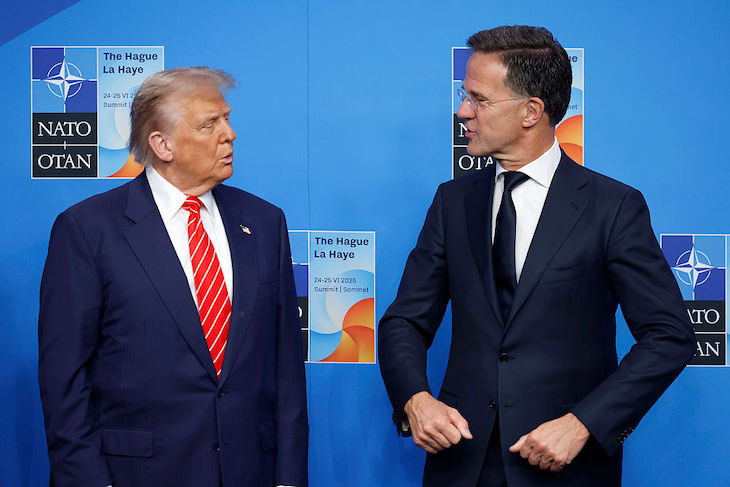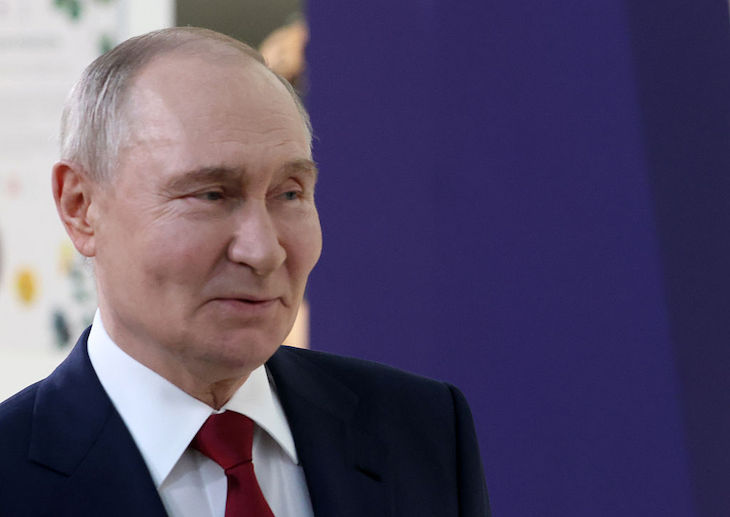A journalist and observer of Finnish politics once said there is one headline that works for every Finnish election: “Finland elects new government, nothing will change.” Few prime ministers have survived longer than one term in the Arctic nation. Just as day becomes night and that spring follows on winter, the rhythm of the country’s elections has been to hand victory to the main opposition party — depending on which of them that was outside the last ruling coalition.
Finland’s major parties are all centrist and pragmatic, and the difference between the left and the right is hard to detect. Even the populist Finns party feels tidy and well-behaved. With a difficult geography (on the periphery of Europe, sharing a long border with Russia) and strong homogeneity, the country isn’t a breeding ground for ideological passion – let alone Anglo-Saxon like culture wars. It takes pride in national political cohesion. Compromise is a virtue; confrontation is a vice.
So Sanna Marin, the incumbent prime minister, was fighting against political gravitation as she sought to win the Finnish national election on Sunday and get another term in office. But she had reason for her optimism. In the first place, Marin is a lot more popular that her own Social Democrats and other party leaders. Nor was she elected the country’s leader in the last election: she took over the reins of her party and the keys to government after the former leader, Antti Rinne, had to resign after a botched attempt to manage a postal strike. Wouldn’t voters, therefore, give her a victory on her own merits?
A millennial, leatherjacket cool, and no stranger to a booze-up, Marin is one of few Finnish PM’s ever whose name have registered outside Finland. She’s had an alliance with New Zealand’s Jacinda Ardern and connected with other modern progressive leaders. But Marin’s hawkish response to Russia’s war against Ukraine and deft handling of Finland’s bid to join Nato also won her the applauds from the opposition and right-leaning voters.
Yet Finland voted to change government. Marin is out. Her Social Democrats won a greater share of the vote than in 2019 and will have a few more seats in parliament. However, the two main opposition parties — the center-right National Coalition Party and the Finns Party — both beat the left. Petteri Orpo, the leader of the National Coalition Party, seems to be the winner and he will now get a chance to form a new government.
A millennial, leatherjacket cool, and no stranger to a booze-up, Marin is one of few Finnish PM’s ever whose name have registered outside Finland
Orpo is a safe pair of hands. He’s been in several previous governments and is steeped in the country’s consensus-oriented political culture. He challenged and ousted the former party leader — the more colourful, and fiery ex-PM Alexander Stubb — and promised less ideological confrontation with trade unions and in economic policy. Yet in this election, he accused Sanna Marin of economic mismanagement, leading to a sharp rise in Finland’s public debt. He campaigned for both austerity and tax cuts.
Many voters agreed with Orpo, and in the final leaders debate on Yle (the Finnish public service television) Sanna Marin had to concede that she also wanted to cut taxes, public finances allowing. Her last government — a coalition with smaller centrist and leftist parties — jacked up public spending and introduced a lot of red tape for the business sector. Obviously, the pandemic and the lockdown stressed the economy as much as they did elsewhere, but a big part of the new spending and the fiscal deficit was of Marin’s own making. It was the casualty of keeping her coalition together.
Orpo has now an important choice to make: will he seek a governing alliance with the populist Finns Party or turn towards the center, perhaps even to Marin’s Social Democrats? He also needs to be backed by one or two smaller parties to get a majority in parliament, and that may prove equally difficult. Many smaller parties dropped their support in this election and may prefer the comfort of being outside government. Even if Finland isn’t fussy with having populists in the positions of power, the smaller parties don’t have much space for compromises on immigration policy. For Riikka Purra, the leader of the Finns, cutting migration is the number one priority.
Either way, Orpo will become hostage to power — just as other election winners have been in the past. Many compromises will have to be made in a multi-party coalition. Finnish voters didn’t cast an ideological vote. More than anything else, they want some peace and quiet after turbulent years with Sanna Marin, not a government that cuts spending in order to make space for lower taxes or that breaks with consensus. Perhaps something will change, but it seems a safe bet that, four years from now, Orpo will hand over power to whoever will lead the opposition now.
This article was originally published on The Spectator’s UK website.

























